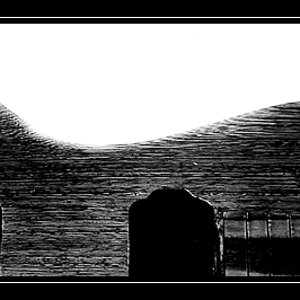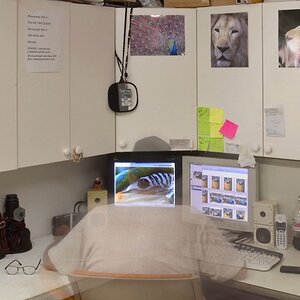Gbarnes90
TPF Noob!
- Joined
- May 26, 2019
- Messages
- 6
- Reaction score
- 2
- Can others edit my Photos
- Photos OK to edit
Hello, I currently have the Nikon d5600 that came as the 2 lens bundle. So it has the 18-55 kit lens and the 70-300 lens that doesn’t have VR. I don’t shoot any specific style. I mainly take the camera everywhere and shoot whatever looks good. I was at a track meet this weekend and was a little annoyed switching back and forth between the 2 lenses. Does it make sense to buy a larger ranged lens? Something like an 18-200 or 18-300? I just don’t know if it is better to have one good lens like that, or if it’s better to just keep switching between the 2. Any recommendations on a lens I should look into?


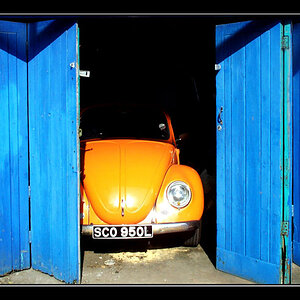
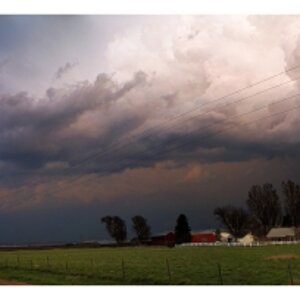



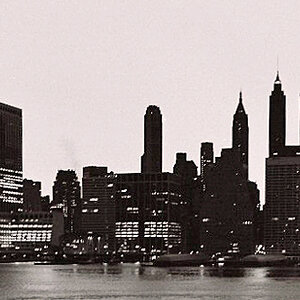
![[No title]](/data/xfmg/thumbnail/41/41782-daa26990361bf4193a874908bda10dbb.jpg?1619739891)
